- Daily & Weekly newsletters
- Buy & download The Bulletin
- Comment on our articles
Swedish Ecstasy: Visionary art exhibition honours the iconic female artist Hilma af Klint
For the first time in Belgium, the influential work of pioneering 20th-century abstract artist Hilma af Klint is on show in the exhibition Swedish Ecstasy at Bozar, running until 21 May.
The spotlight on this little-known female artist’s colourful esoteric and highly original works is accompanied by a presentation of other Swedish visionaries, including August Strindberg. It’s part of a focus on the Scandinavian country during Sweden’s presidency of the EU.
The flagship exhibition featuring Af Klint (1862-1944) follows the publication of seven volumes chronicling her work, and foreshadows a major show at the Tate Modern in London this spring dedicated to her legacy and that of Dutch artist Piet Mondrian. Both developed a similar personal artistic language rooted in nature and forces beyond life on earth.
A 2022 biopic of Af Klint by Lasse Hallström that reveals her complex character as well as her ground-breaking art, is another important step in redressing the artist’s lack of recognition.
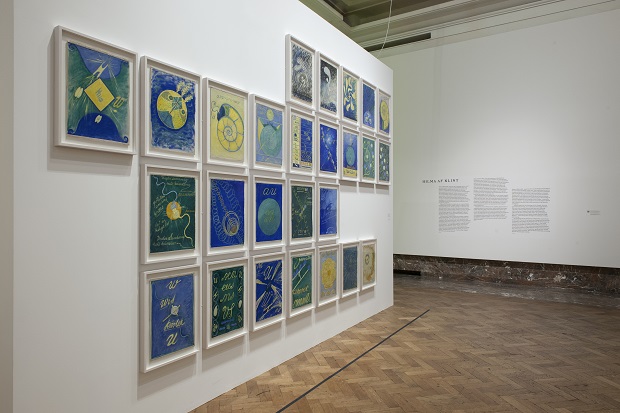
Her outsider position during and immediately after her lifetime was partly due to a preoccupation with the occult; she was inspired by Rosicrucianism, Theosophy and Rudolf Steiner’s Anthroposophy. The artist also left instructions prior to her death that her entire and extensive body of work should not be shown until 20 years after her passing. She felt the world was not ready to understand her art.
It was only after a series extremely successful exhibitions, including one at the Guggenheim in 2018, that the art world acknowledged a pioneering role she played in the abstract movement that had otherwise only been accorded to male artists.
For curator Daniel Birnbaum, the exhibition at Bozar contextualises Af Klint’s work, showing how mysticism and esoterism were once fashionable as well as unifying themes for the country’s artists, including its present generation.
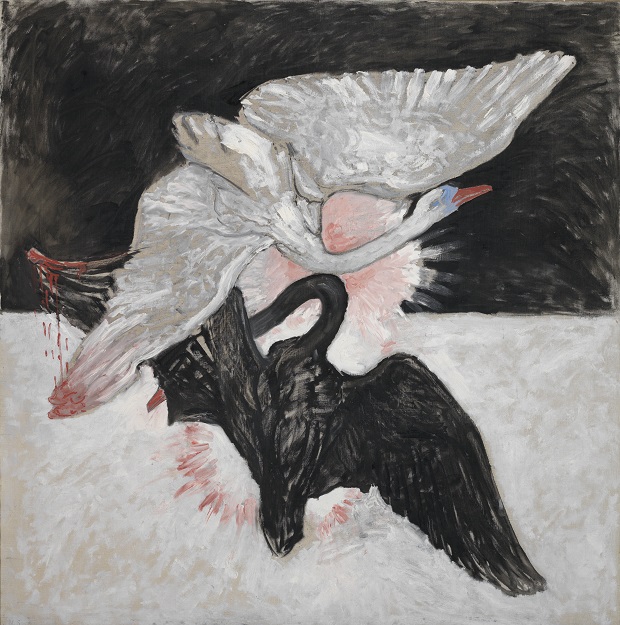
In the opening space, Af Klint’s preoccupation for creating series is evident. In the Swan series, forms are progressively distorted and simplified in an abstract manner (main image and pictured above). The bird was a symbol of transcendence for the artist.
The earlier Primordial Chaos series is shown in its 26-work entirety. It reveals how the scholarly artist was obsessed with diagrams and symbols. Dominating forms such as spirals and discs and colour patterns explored dualities, including male and female sexuality, although her aim was always unity.
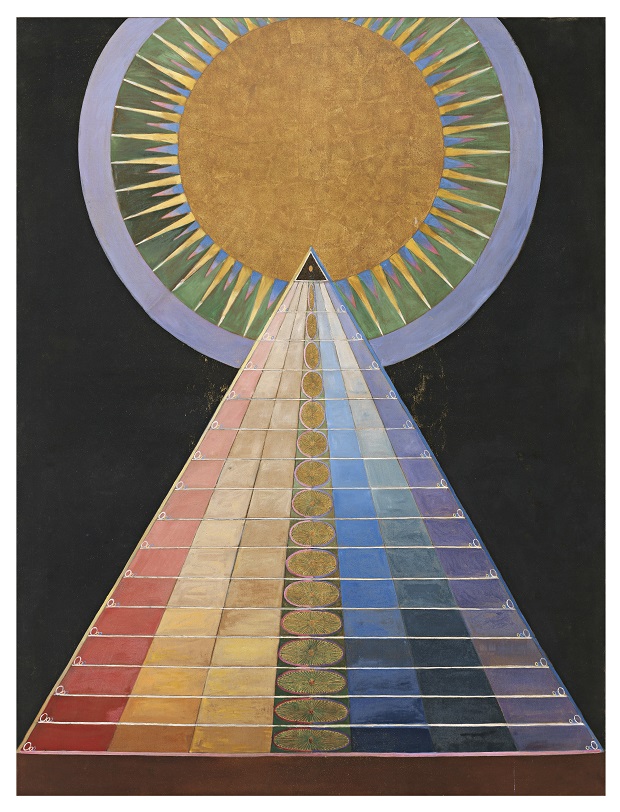 Highly ambitious was her most famous series, The Paintings for the Temple, which aimed to convey a spiritual message for humanity (pictured above). It comprised of 193 works that took almost a decade to make and was divided into various groups. They are brought to life in VR form in a separate exhibition space equipped with video screens and headsets for a colourful and escapist 12-minute experience (pictured below).
Highly ambitious was her most famous series, The Paintings for the Temple, which aimed to convey a spiritual message for humanity (pictured above). It comprised of 193 works that took almost a decade to make and was divided into various groups. They are brought to life in VR form in a separate exhibition space equipped with video screens and headsets for a colourful and escapist 12-minute experience (pictured below).
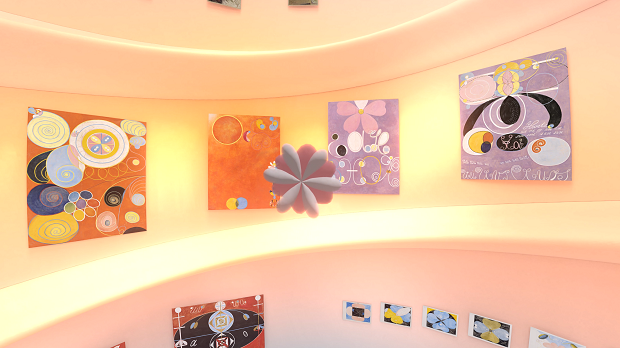
The Temple paintings were created during the period when Af Klint presided over female collective The Five (De Fem). These spiritual gatherings involved communication with ‘High Masters’.
The title for the exhibition was inspired by Af Klint herself, who stated: “I am the instrument of ecstasy.” But she wasn’t alone in exploring spirituality or occupying the margins of art or society. Among the contemporary artist’s she in turn inspired, is Cecilia Edelfalk (1954-). The internationally-renowned painter also multiplies forms and motifs in her large-scale meditations on nature.
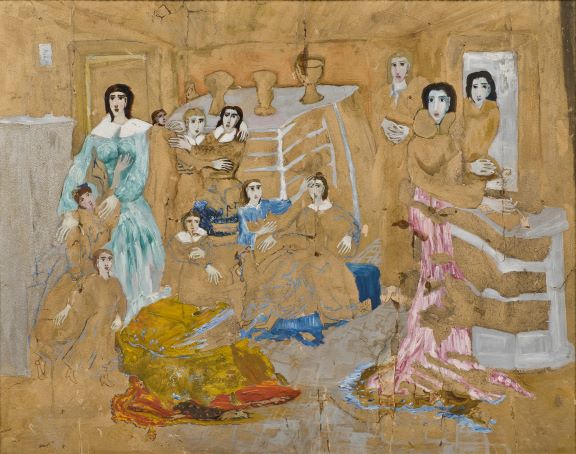
Another exhibition space is dedicated to work by Ernst Josephson (1851-1906) and Carl Frederik Hill (1849-1911): two important landscape artists whose mental health transformed their art. On display are paintings and drawings from pre- and post-psychotic periods: classic landscapes and compositions alongside darker distortions and imaginary visions (Carl Frederik Hill's Figures on Golden Ground pictured above).
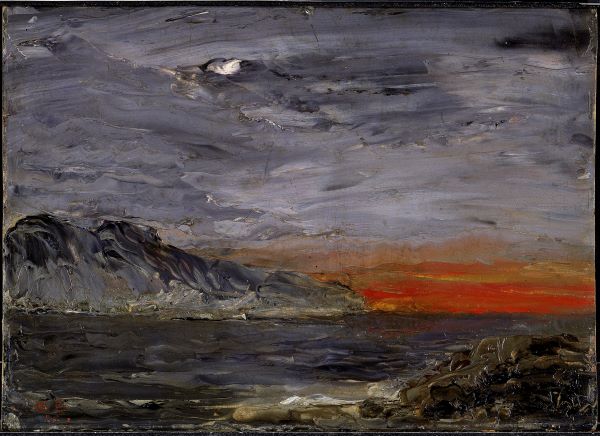
Equally revealing are the expressionist landscapes of August Strindberg (1849-1912), better known as a novelist and playwright. He was also inspired by mysticism and turned to painting when suffering from personal turmoil, reflected in a series of oils where menacing skies dominate (pictured above).
In a world premiere, the exhibition includes a selection of paintings by Af Klint’s friend and collaborator Anna Cassel (1860-1937). The latter’s choice of symbols and colours in her esoteric images echoes the Temple series.
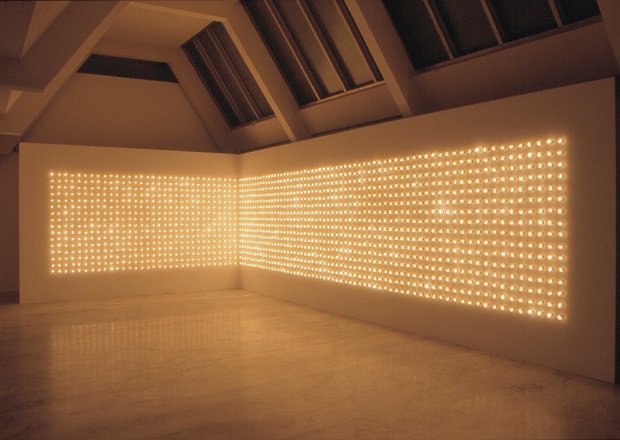
Contemporary artists also feature, such as Brussels-born Carsten Höller (1961-). A display case contains a series of replica Fly agaric mushrooms that have for centuries been used in sacred rituals and ceremonies across the world for their hallucinogenic properties. Meanwhile, his Light Wall installation offers audiences a live trippy experience (pictured above).
When planning this exhibition, Birnbaum and fellow organisers reflected on how international audiences viewed Swedish art. “Stable, rational, dull…” they thought. Well, Swedish Ecstasy shows how misleading this image is of the Scandinavian country. For generations, the need to deviate from society’s traditions and pressures has driven artists to explore other worlds.
The exhibition is dedicated to Bozar's former director Sophie Lauwers, who died in June 2022, and the influential and imaginative curator, Harald Szeemann. He staged the exhibition Visionary Belgium. It’s in your neighbourhood at the Brussels arts centre in 2005. This latest show is very much a continuation of a need to illuminate image and identity.
Swedish Ecstasy
Until 21 May
Bozar
Rue Ravenstein 23
Brussels
Photos: Hilma af Klint, The Swan, The SUW Series, by courtesy of the Hilma af Klint Foundation, photo ©The Moderna Museet, Stockholm, Sweden; Exhibition view Primordial Chaos series ©Philippe de Gobert; Hilma af Klint, The Swan, The SUW Series, by courtesy of the Hilma af Klint Foundation ©The Moderna Museet, Stockholm, Sweden; Hilma af Klint, Altarpiece, by courtesy of the Hilma af Klint Foundation, photo ©The Moderna Museet, Stockholm, Sweden; Hilma af Klint, The Temple, 2022, virtual reality conceived by Stolpe Publishing and Acute Art, courtesy of Stolpe Publishing and Acute Art; Carl Fredrik Hill, Figures on Golden Ground ©Erik Cornelius/Nationalmuseum 2010; August Strindberg, Sunset, Nationalmuseum, Stockholm ©Hans Thorwid/Nationalmuseum ; Installation view: Light Wall, MAC Galeries Contemporaines des Musées de Marseille, Marseille, 2002, courtesy of the artist © Carsten Höller, photo: Attilio Maranzano



















